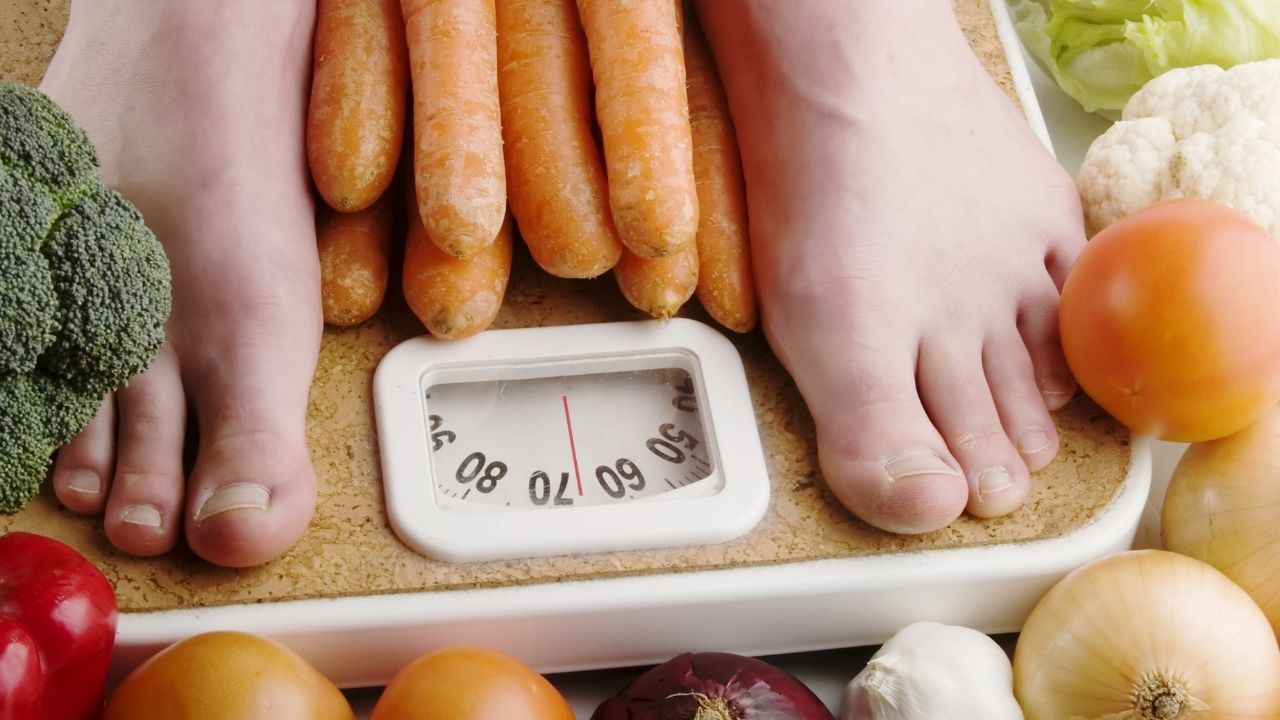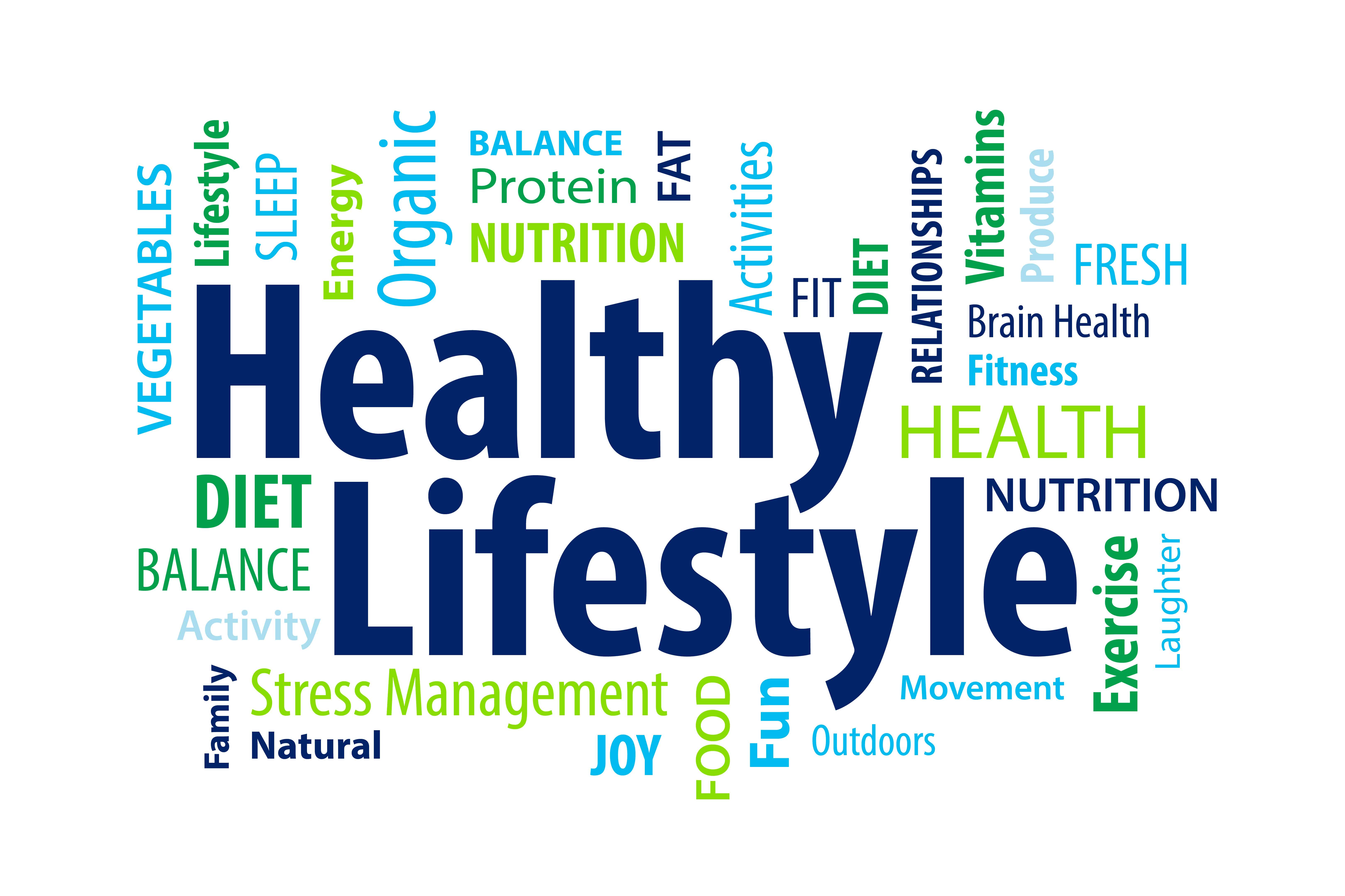
The bipartisan Policy Center set up a Rural Health Task Force, funded by the Leona M. and Harry B. Helmsley Charitable Trust. The team comprises physicians, business leaders and former elected officials. Their recommendations will help policymakers make informed decisions about rural health. They are also committed to using data to inform their work. In this article we will look at a few of those strategies and policies that have been tested across the country.
Rural hospitals may want to expand Medicaid in order to find the most effective programs and services. While modest Medicaid reimbursements are better than none it doesn't eliminate the risk of hospital debt. In addition, the Affordable Care Act has not helped rural hospitals financially. The Act provides health insurance through an exchange, but many people who have low incomes opt instead for high-deductible plans. This means the hospitals do not get paid for their services. Patients in rural hospitals are not able to compete with those in larger cities.

State Offices of Rural Health. States who participate in the program are eligible for financial assistance from SORH. These offices coordinate activities related to rural health in their states. The SORH assists in identifying federal and state programs that are available to rural communities. It also provides technical assistance for non-profit organizations serving the rural population. It encourages the use and analysis of data to determine the most effective ways of providing health care. What can rural health systems do in order to improve their performance?
In rural areas, doctors are in acute shortage. Rural areas have a higher number of primary care doctors than urban areas. Additionally, the number of rural doctors is lower. Low-income rural communities are particularly affected by this shortage of healthcare providers, as many residents are uninsured or underinsured. The commission plans to establish a fleet mobile clinics in rural areas. If the program is successful, it will increase access to health care for rural areas.
Rural areas face different challenges to urban ones. Rural providers have lower incomes and more limited access to resources. This can adversely affect the quality of care. A physician's ability to provide adequate care in a rural area is a vitally important factor in reducing the risk of adverse outcomes. But, the skill level of a physician is crucial for creating a healthy community in remote areas.

Rural areas may have differences in how health care is delivered. Rural patients have to travel further for treatment as there are fewer providers. Consequently, many rural patients do not seek medical care in a city, and they are reluctant to take time off work to get to a clinic. This can lead to delays in diagnosis and worsening of the patient's condition. Farmers who work for themselves in rural areas might be many hours away from necessary health care services. They also need to consider the challenges associated with caring for crops or livestock.
FAQ
Is cardio exercise good for your health or bad?
Cardiovascular exercise has many benefits. It improves blood circulation, strengthens heart muscle, gives you energy, and can even help you lose weight.
Cardiovascular exercise includes running, biking, hiking, swimming, tennis, basketball, soccer, volleyball, football, etc.
Cardio exercises should not be done at high intensity. This could cause injury.
The cardiovascular exercise should only be performed if you feel good.
Do not push yourself to the limit. If you do, you might injure your self.
Begin by warming up before engaging in cardio exercise. Then, gradually build up to higher intensity levels.
You must always listen to what your body is telling you. If you feel pain when doing cardiovascular exercise, you should immediately stop.
After a cardiovascular training session, it is recommended that you take some time to relax. This gives your muscles the chance to heal.
Cardiovascular exercise can help you lose weight.
This is the best way to lose weight and belly fat.
How to Lose Belly Fat Fast
There are many fast ways to lose belly fat. One way to reduce belly fat fast is to eat less food, and drink lots of fluids.
You can also increase your metabolism through activities like running or swimming.
To quickly reduce belly fat, avoid sitting too much. Stand up often throughout the day. This will allow you to burn more calories.
If you've tried all the methods and are still struggling with belly fat, there's another option.
This is done by using a device called the belt. The belt is designed to fit around your waist while you are sitting down.
As a result you'll feel uncomfortable and will be more mobile. This will make you lose more calories and help you reduce your belly fat.
What food should I avoid if I want to lose weight
Trans fats should be avoided. Trans fats raise LDL (the bad) cholesterol levels and reduce HDL (the good) cholesterol levels.
Trans fats are found in deep-fried foods, fast food, packaged baked goods, snack cakes, and other processed foods.
These unhealthy fats also cause inflammation, leading to heart disease and diabetes.
Avoid foods that are sweetened with artificial sweeteners. Artificial sweeteners increase the risk of getting cancer.
These chemicals are found in many products, including soft drinks, candy bars, chewing gum, as well as candy bars. They can also be found in other foods like meat, poultry, and eggs.
Artificial sweeteners can be saccharin or cyclamate, sucralose, sorbitol or aspartame.
The American Heart Association recommends that these chemicals be avoided as they can damage DNA.
Why Metabolic Health Is the Key to Aging Well?
People live longer today than ever before. As they live longer, they also get sicker. While medical science has made incredible advances, it's becoming increasingly obvious that the current approach is not working.
We need to change how we think about health and aging. Healthy aging is possible only if we look at our metabolic health, not just weight loss, but also overall well-being.
Your metabolism must be strong and healthy to ensure you live an active lifestyle for many years to come.
There are many options to improve your metabolic health. One way to improve your metabolic health is to incorporate these seven foods into your daily diet.
-
Resveratrol is a component of blueberries that has been proven to improve cellular longevity. They also contain vitamins C & E, as well as antioxidants.
-
Pinto beans and lentils are great sources of fiber and plant-based proteins. These nutrients help maintain blood sugar levels so they don’t spike and fall.
-
Broccoli's sulforaphane has been shown to protect DNA from damage in research. It may even slow down cancer growth.
-
Chia Seeds are high-in omega-3 fatty acids, fiber, and other nutrients. They're also loaded with antioxidants and protein. These nutrients promote gut health, brain function and heart health.
-
Green tea contains catechins, which are polyphenols. Studies have shown that green tea contains catechins which are linked to lower bone fractures and cardiovascular disease. They also reduce cognitive decline and diabetes risk.
-
Salmonis rich in vitamin D and low in saturatedfat, salmon is one of the best sources for lean protein.
-
Walnuts are high in omega-3s. They also contain antioxidants like alphalipoic Acid (ALA). ALA helps boost energy production and protects against inflammation.
Statistics
- Get free shipping and 25% off today. (healthline.com)
- Are You One of the 20% of Guys (mh.co.za)
- According to the American Heart Association, blood pressure should be checked at least once every two years, beginning at age 20. (my.clevelandclinic.org)
- Candidates and applicants must pass all four tests at 70% (minimum level) to graduate from Basic Deputy U.S. Marshal (BDUSM) Training. (usmarshals.gov)
- 10 pounds in a month is likely during a lean bulking phase, especially for beginners. (muscleandstrength.com)
External Links
How To
What nutrients is a man supposed to consume daily?
Men require daily nutrition for healthy growth and development. Your body needs vitamins, minerals and nutrients as well as carbohydrates, proteins, fats, carbohydrate, fiber, and other essential components.
The male body also requires specific nutrients at different times throughout the day. You can see that your body uses energy to make hormones. When you awake, protein is used by your body to build muscles or repair damaged tissue.
Your body uses the night to break down fat and store extra energy as glucose. Your body requires fewer calories, but still needs enough nutrients. If you feel hungry, you may consider having a snack during the evening.
To fuel your muscles while you train, you will need sufficient carbs as well as protein. You may feel sore muscles if you exercise hard.
To prevent this, you must consume carbs and protein within 2 hours of training. Your body will break down stored glycogen to provide glucose for energy.
In addition, you must consume protein immediately after completing your workouts. This prevents muscle tissue being destroyed while you're sleeping.
Your body can produce lactic acid during intense physical activity. It is a form of lactic acid that builds up in the bloodstream. This causes fatigue. You can avoid this by eating carbohydrates-rich foods like fruits and veggies.
Carbohydrates can give your body the energy it requires to recover from intense exercise.
In addition, you may want to include lean meats, fish, eggs, milk, cheese, yogurt, beans, nuts, and seeds into your diet.
These foods all contain high-quality proteins. Protein aids in muscle growth and repair of damaged tissues. It also provides the amino acids your body needs to produce sex hormones and testosterone.
For healthy skin, hair and joints, it is important to eat enough fats. Healthy men need between 20% and 35% of their total caloric intake from fat.
Fat protects your heart from cancer and keeps it strong. Your brain also functions properly thanks to fat.
Vegetable oils, such as olive oil, sunflower oil or corn oil, soybean oil and peanut oil, can supply most of the fats you require.
These oils are rich in monounsaturated essential fatty acids (MUFAs). MUFAs can lower cholesterol levels and reduce inflammation. They also protect your cells from damage caused by free radicals.
Saturated fats are found in animal products including meat, dairy products, butter and other dairy products. SFAs can increase LDL ("bad") cholesterol as well as triglycerides. They promote weight gain and abdominal fat.
Polyunsaturated fats (PUFAs) are found in plant-based sources like vegetable oils, nuts, seeds, and grains. PUFAs help improve cardiovascular function, and lower inflammation. They help to control blood sugars and cholesterol.
Men with low HDL ("good") cholesterol often suffer from erectile dysfunction. The consumption of saturated fats raises bad cholesterol which in turn lowers good cholesterol.
Because of the high levels of nitrates in red meat and pork, men with prostate problems may eat more of them. When cooked at high temperatures, nitrates can be converted to nitrosamines. These compounds can cause cancer.
Most processed meats contain nitrites and other harmful chemicals. You should avoid them.
The American Heart Association recommends limiting red meat intake to two meals per week. Choose poultry, fish and legumes instead.